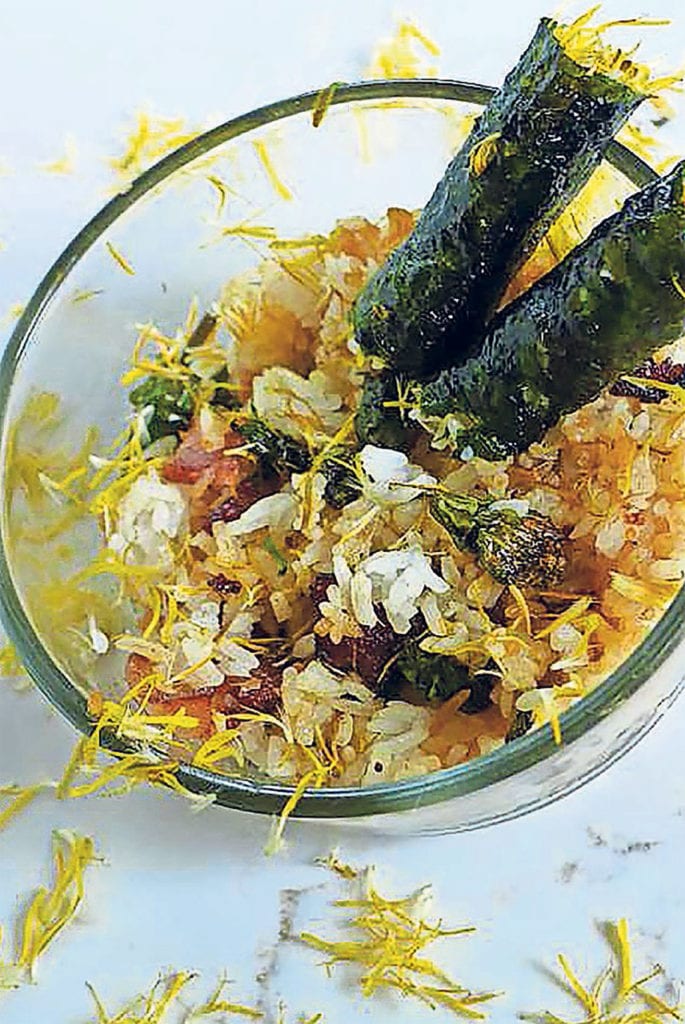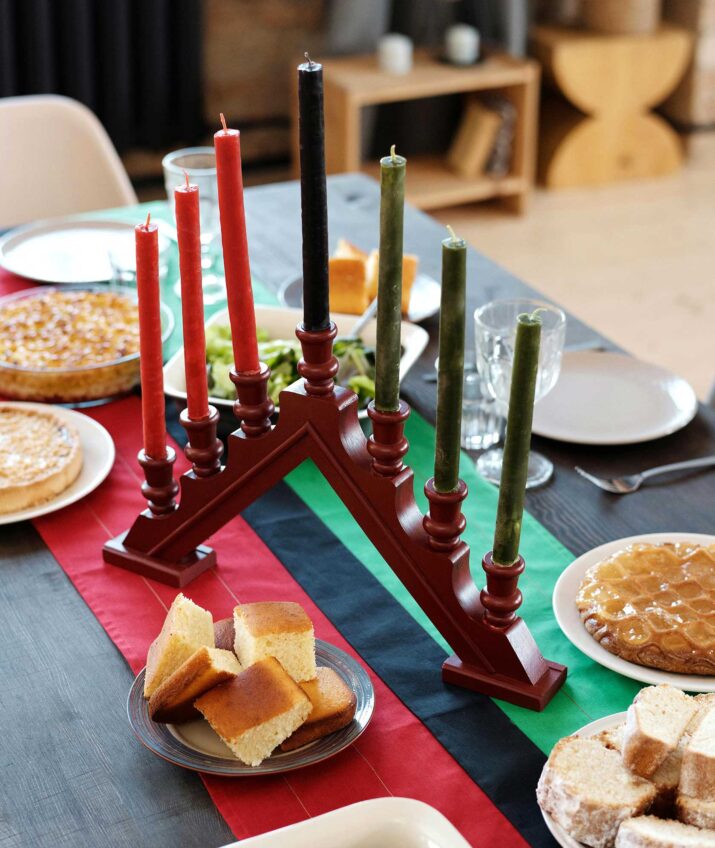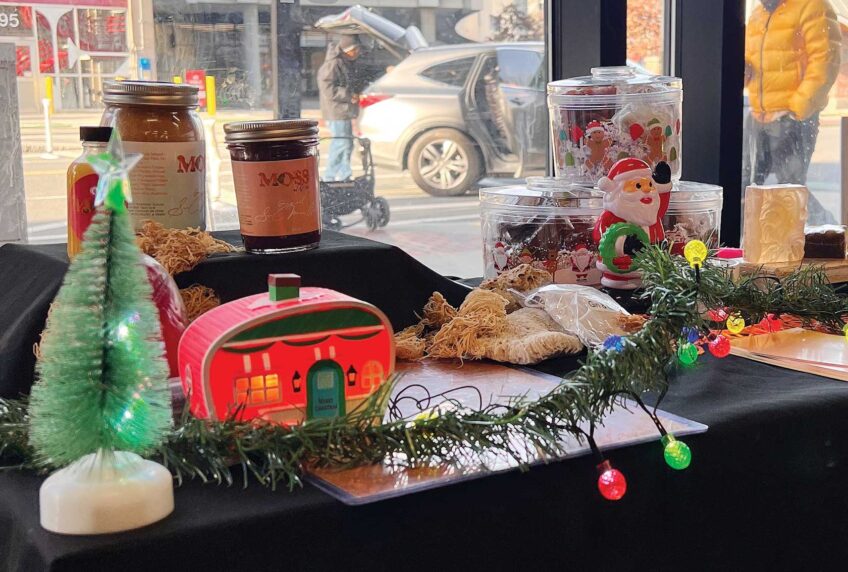
We are born into this world loving dandelions. We grow up playing with them, blowing seed heads and rubbing the yellow flowers on our faces.
Somewhere along most of our personal journeys, the grown-ups manage to convince us that dandelions are bad, because of what they do to the grass monocultures that most Americans cultivate instead of food. My wife is the outlier who would have me veer the lawnmower around a dandelion, which are like the sacred cows of our yard. But unlike most people who worship sacred cows, she eats the object of her reverence.
In fact, she’s got the whole family doing it, which is no mean feat. Human beings may be born with an appreciation for the aesthetics of dandelions, but not so much for the flavor. You could say it takes work to overcome that bitter hump, but it’s really a matter of appreciating the benefits and associating them with those bitter flavors, as I’ve managed to do with bitter foods like beer, chocolate and coffee.
I try to pay as much attention to how something makes me feel afterward as I do to how it tastes, and dandelions make me feel good. It wasn’t surprising to learn they are full of nutrients including carotenes, antioxidants, calcium and vitamin A.
The secret to eating dandelions is a decadent sauce.
Fry it up
The entire plant is edible, from the tip of its tenacious taproot to the bright yellow pollen in the blossom. While bitter is the dominant flavor throughout, there is complexity as well. The flowers have an aromatic flavor that has been likened to banana or licorice.
When you drop a dandelion in butter, some magical stuff happens. The flower waves its petals for a few minutes like a dying creature, and slowly browns, absorbing butter, shrinking down to a crispy nub that tastes like artichoke with a faint, intriguing note of bitterness.
There are two basic approaches to dandelion eating: bury the bitter flavor, or work with it. Either way, a rich sauce is involved. Most examples of burying involve cooking, while the more daring approaches leave the plant raw. We consume bitter greens with a salad dressing of olive oil (2 part), soy sauce (1 part) and mixed vinegars (balsamic, cider, white, lime) (1 part).
But for many of us, the right sauce may be that into which we dip our batter-fried dandelion blossoms. I hit the supermarket for a box of Tony Chachere’s seasoned Creole fish fry mix, which contains a mix of corn flour and corn meal, in addition to seasonings. The checkout guys were excited about my dandelion plans.
At home, I made an egg wash so the batter would stick to the dandelion flowers. It contains one beaten egg with a splash of cream, a shake of garlic powder, a few drops of fish sauce and a teaspoon of oyster sauce. Oil from a jar of anchovies would work, too. I dumped the Creole corn coating in a pan, and went outside for some dandelions.
It was sunset, and the sky was beautiful. My wife was in the garden, and all of the dandelion flowers were gone. Every single one. I assumed she was responsible, but she informed me that dandelion flowers close up at night, so I needed to look a little more closely.
To deep-fry open or closed flowers, first wash them and let them dry. Drop the blossoms in the egg wash, pull them out one at a time, and roll each flower in the breading.
Heat an inch of olive oil to 300 degrees, and drop the flowers in. Cook until they are golden brown all around. Remove and drain.
Going raw
Another approach to eating dandelions is to just eat the yellow petals. If you pinch and squeeze the sepal area behind the petals, you can work them out. They can be added raw to anything, from salad to sushi to pancakes. They make a striking garnish for a soup, and they way they dress up rice is perhaps my favorite way to eat dandelion flowers.
Tossing those bright stamen into the grains of jasmine or basmati rice is kind of like a poor man’s saffron rice, with a similar pollen-y glow. Whole dandelion buds can be added too, raw or cooked, to any dish at virtually any point, as can the leaves, typically chopped. Topped with some crumbled nori sheets, soy sauce, sesame oil and hot sauce, the bitter dandelion flavors disappear into a symphony of other strong, wonderful notes.
The bitter power of the dandelion can give pizzaz to the bland and balance any strong flavor, be it spicy, sweet, salty or fatty, and even more bitter.


![Banner [Virtual] Art Gallery](https://baystatebanner.com/wp-content/uploads/2024/04/Cagen-Luse_Men-at-store-e1713991226112-150x150.jpg)



